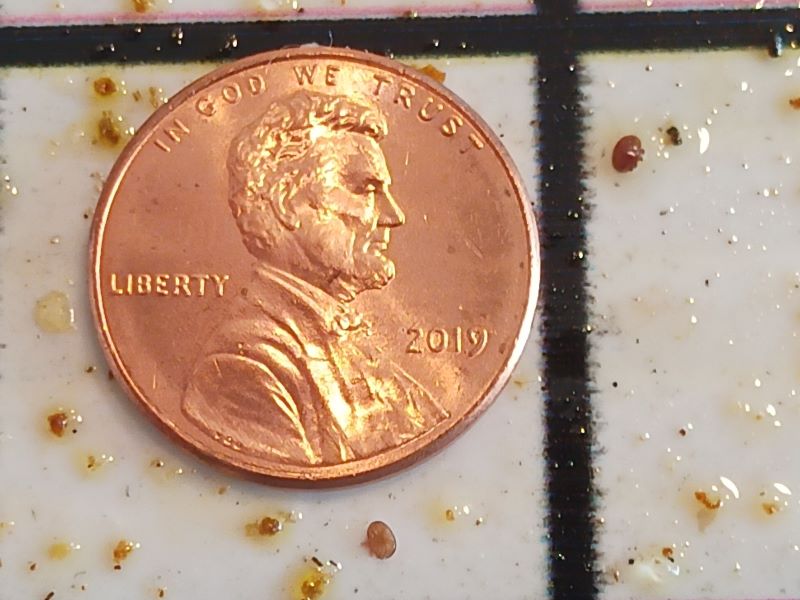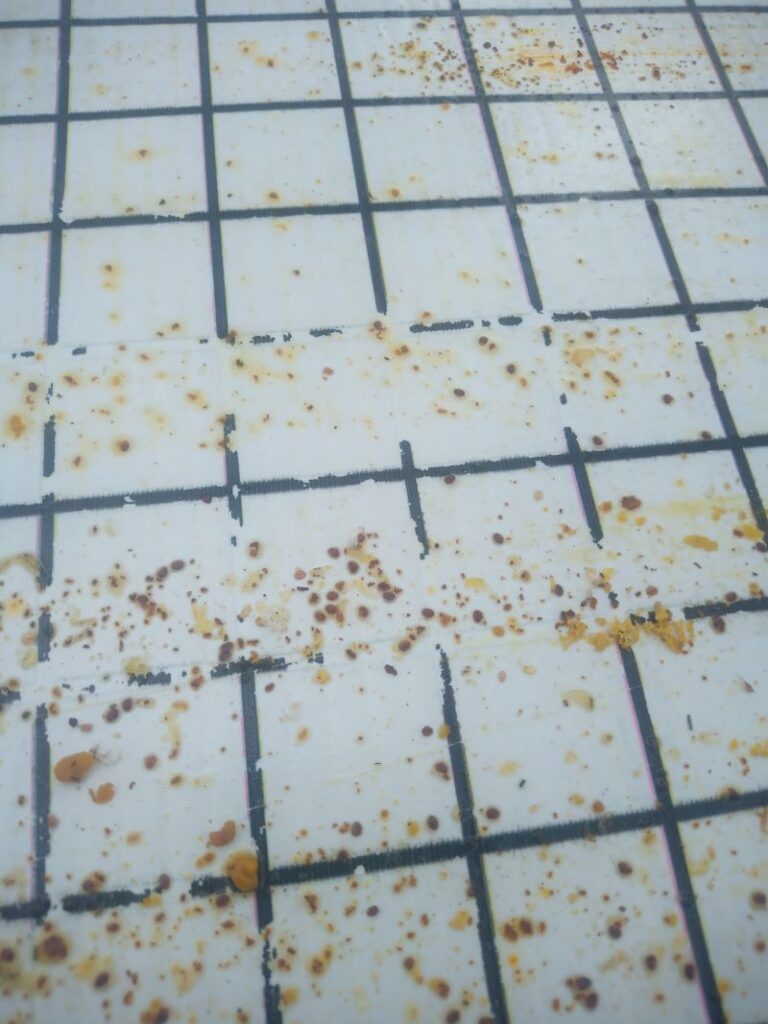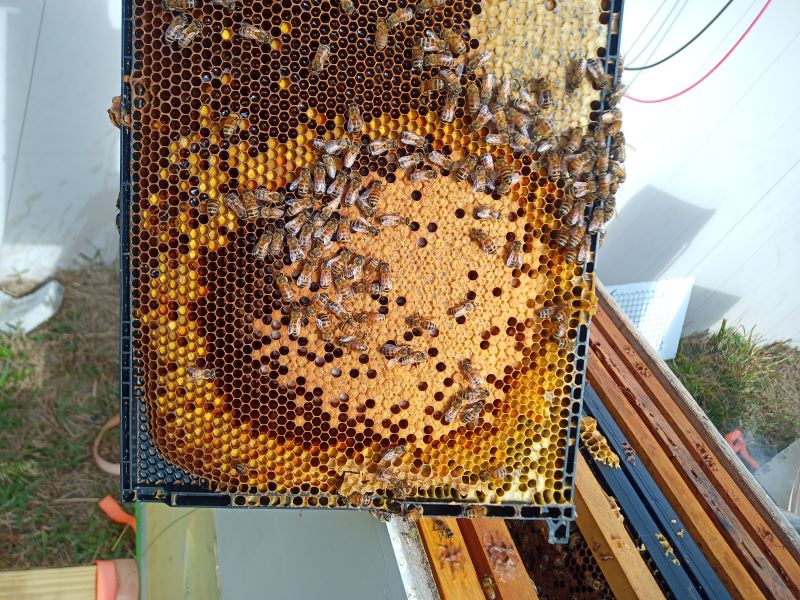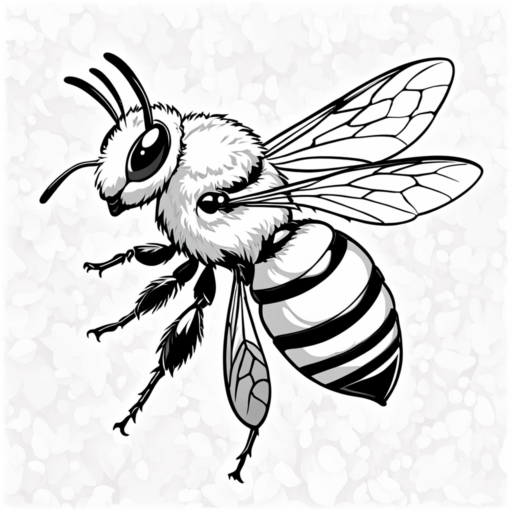When it comes to managing Varroa mites, one of the most critical aspects of beekeeping, knowing the extent of infestation in your hive is key. While mite drop can provide some insight, relying on this single observation often leads to misleading conclusions.
What Does Mite Drop Actually Tell You?
When you observe mites on a sticky board or in debris from your hive, what does it really mean?
Unfortunately, not much by itself.

This mite drop could indicate:
A few bees that are heavily infested: Perhaps some individuals in the hive are carrying most of the mite load.
A moderate number of bees with moderate infestation: A broader problem, but not necessarily critical.
A large colony with a light infestation: A relatively benign scenario compared to the others.
The problem is that without additional context, you can’t generalize from mite drop alone. It’s impossible to say, “Here’s how bad my mite problem is,” because there’s no way to connect this single data point to the number of bees or the total mite population in the colony.
Mite Drop and Treatment Effectiveness
Another common question is whether a treatment like Formic Pro or Apiguard is working as intended.
Some beekeepers look at the number of mites dropping after treatment and conclude its effectiveness. However, this approach is problematic because you don’t know:
- How many mites were present to begin with.
- The size of your bee population.
- Effectiveness of Mite Treatment
Without this context, interpreting the results becomes guesswork.
Why the Alcohol Wash Is the Gold Standard
The alcohol wash stands out as the most reliable method for monitoring Varroa mites. Here’s why:
Definitive Sample Size: You collect a known number of bees, typically 300, which provides a reliable baseline.
Matched Mite Count: The method directly correlates the number of mites found with the sample size, giving you an infestation rate.
Calculating Brood Infestation: Once you have the percentage of phoretic mites (mites on adult bees), you can estimate the level of infestation in your capped brood. This number is often 6-8 times the phoretic count.
By providing a clear percentage infestation rate, the alcohol wash eliminates guesswork and allows you to make informed decisions about treatment.


Ask Yourself: When Did You Last Do an Alcohol Wash?
If you’re relying solely on mite drop to monitor your hives, it might be time to reconsider your strategy. Ask yourself:
When was the last time I performed an alcohol wash?
What was the result?
How does this data compare to what I see in my hive now?
Wrapping It Up
While mite drop can give you a glimpse into your hive’s health, it’s not enough on its own to provide meaningful insights. The alcohol wash, with its definitive sample size and matched mite count, remains the best tool for understanding your hive’s Varroa situation. By adopting this method, you’ll be better equipped to protect your bees and maintain a healthy colony.
I hope that this information can help to explain why mite count alone is not an effective metric to gauge mite treatment effectiveness.
Let me know your thoughts in the comments!
